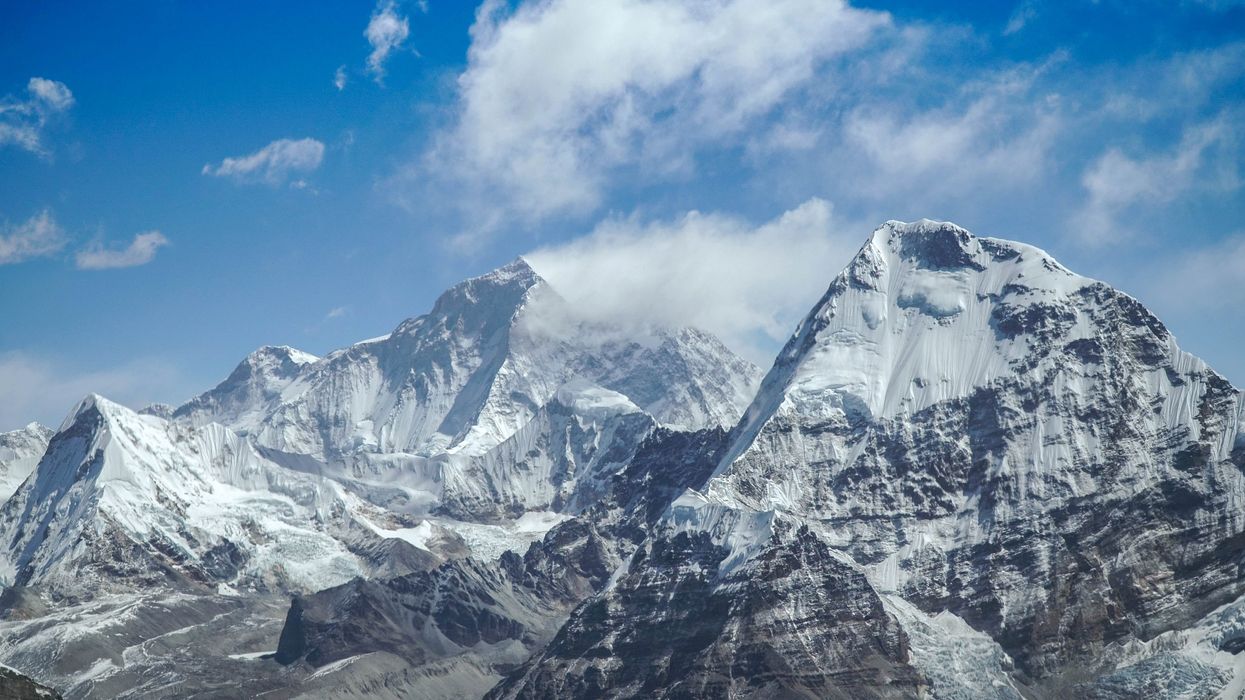Catherine Shuttleworth
Jan 17, 2024

Major process that's growing the Himalayas could be tearing Tibet apart
Photo by Bisesh Gurung on Unsplash
The Indian Continental Plate could be splitting in two, according to a new study.
India could be breaking horizontally - rather than vertically like East Africa - as it runs into Eurasia, separating into two layers about 100 kilometres (60 miles) thick.
The Himalayas' most distinctive feature is the Tibetan Plateau behind them. One theory is that Tibet is a result of the Indian Plate sliding under the Eurasian Plate. A process that has occurred over 60 million years.
However, at the American Geophysical Union conference in December, a new option was presented.
This view argued the Indian Plate is "delaminating". With the top part of the Plate peeling off to prop up Tibet, while the denser bottom sinks into the mantle. Proponents say the upper part is thick enough to account for Tibet's enormous altitude. Meanwhile the lower section is behaving in a manner familiar from the way oceanic plates are forced underneath continental plates.
"We didn't know continents could behave this way and that is, for solid earth science, pretty fundamental," Professor Dow van Hinsbergen of Utrecht University, told Science Magazine.
Of course, it isn't very practical to go up to 100 kilometres deep to check the ideas, so the conclusions are drawn from inconclusive hints, with many supporters of the theory drawing their evidence from helium that bubbles up through Tibetan springs.
Helium is relatively rare on Earth, but helium-3 is rarer still, having to be left over from the planet’s formation. On the other hand, some radioactive processes produce new helium-4. Additionally, high concentrations of helium-3 indicate a source in the mantle.
By measuring the isotope ratio of helium at 200 Tibetan springs, Simon Klemperer of Stanford University and co-authors found a pattern indicating the mantle is close enough to the surface of northern Tibet for helium-3 to reach escape. Further south, the leaking gas is mostly helium-4, leading the team to conclude the plate has not split there yet and forms a barrier the helium can’t cross. One area near Bhutan is their exception. Here, researchers think, the mantle has penetrated the crust, creating the anomalous signal.
Earthquake patterns in the region support the theory, suggesting the mantle intrusion is coming from the eastern side of the plateau.
The authors of the study also suspect the process has been aided by the Indian Plate's shape, as it's thicker at its northernmost point and thinner at the sides. With even modest pressures from mantle material above the lower part of the plate can peel it off.
A preprint of the paper is available on ESS Open Archive. The work was also presented at the 2023 annual meeting of the American Geophysical Union.
Sign up for our free indy100 weekly newsletter
How to join the indy100's free WhatsApp channel
Have your say in our news democracy. Click the upvote icon at the top of the page to help raise this article through the indy100 rankings
Top 100
The Conversation (0)













